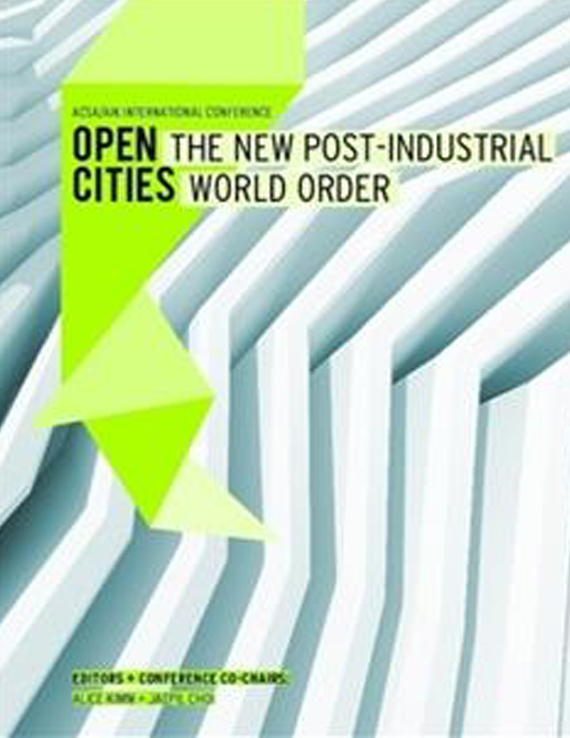Author(s): Lance Charles Walters
Despite unprecedented urban growth and population density throughout Asia, massiveurban developments have been constructed yet remain unoccupied. Many ofthese projects surround megacities such as Shanghai and exist as the new contemporarysuburb- places of low population density and high gross FAR. From an urbandesign standpoint it is a completely new and possibly temporary typology. In timethese places will come to be inhabited, but the ongoing delay of inhabitation and thefact that more continue to be developed and constructed is what defines them now.An anomaly that divides cities and megacities alike, this is a uniquely modern urbanphenomenon that is fascinating by circumstance and surreal by scale.The most blatant of these developments originate with a 2001 mayoral program,itself rooted in higher level policy. Since 1958 the People’s Republic of China (PRC)has used a series of “five year plans” to direct its growth and development. In 2001the 10th such plan was initiated through the Jiang Zemin/Zhu Rongji administration.This plan largely focused on existing Tier 1 urban environments and came to includethe Shanghai Planning Commission’s One City/Nine town initiative. Although not allnine towns were completed the program has inspired numerous other themed townsacross China including at least one ‘Paris’ and (another) ‘Italy’. Most remain uninhabitedand, aside from media attention prompted by their sensational and spectaculararchitectural language, are now ignored and considered ‘embarrassing’ by the Chinesedesign community for the very same reasons.A much touted goal of these projects was to demonstrate a mastery of the worldsmost highly regarded and iconic works. As seen by the outside observer, this requisitionedurbanism- borrowed architectural and urban strategies- may indeed constitutemisplaced urban conceptions; however focusing on such a conclusion continuesthe same trend that the developments themselves were established under and sidetracks a more important and more fundamental urban agenda with significant potentialto reshape the unique Sino urban condition. Progressive urban design is builton coming to terms with itself; it is created, tested and learned through a critical selfawareness. Though it is not always easy nor obvious to look at what, at times, is considered‘blight’ or ‘mistakes’, it is crucial to an open city model. The challenge Chinafaces is in its willingness to confront, address and inspect its own recent progress.Throughout the duration of this research, interviews and interactions with Chinesearchitects and Chinese professors provided context and the present attitude towardsthese places. Conclusions drawn from a recent Shanghai-based studio course furtherelucidate this evolving topic and establish an ongoing venue for an open and academicconversation, potentially removing the taboo from those whom it most concerns.Evaluating existing work, especially from those projects still incomplete and not yetfully realized, will facilitate a more empowered and open Chinese urban era.
Volume Editors
Alice Kimm & Jaepil Choi
ISBN
978-0-935502-91-6

 Study Architecture
Study Architecture  ProPEL
ProPEL 
